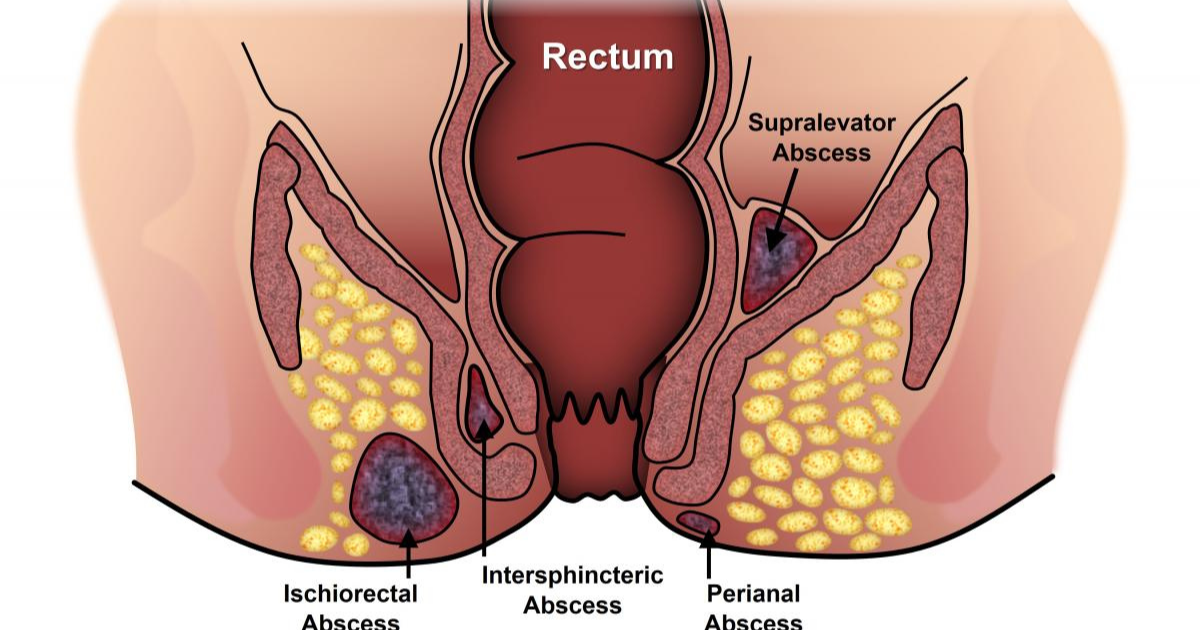Tag: Perianal hematomas
Perianal Hematoma vs. Anal Abscess: Key Differences You Must Know
When it comes to anal and perianal health, certain conditions may seem similar but require completely different treatments. Two of…
By
Lucas Gray
Your one-stop resource for medical news and education.
Your one-stop resource for medical news and education.


